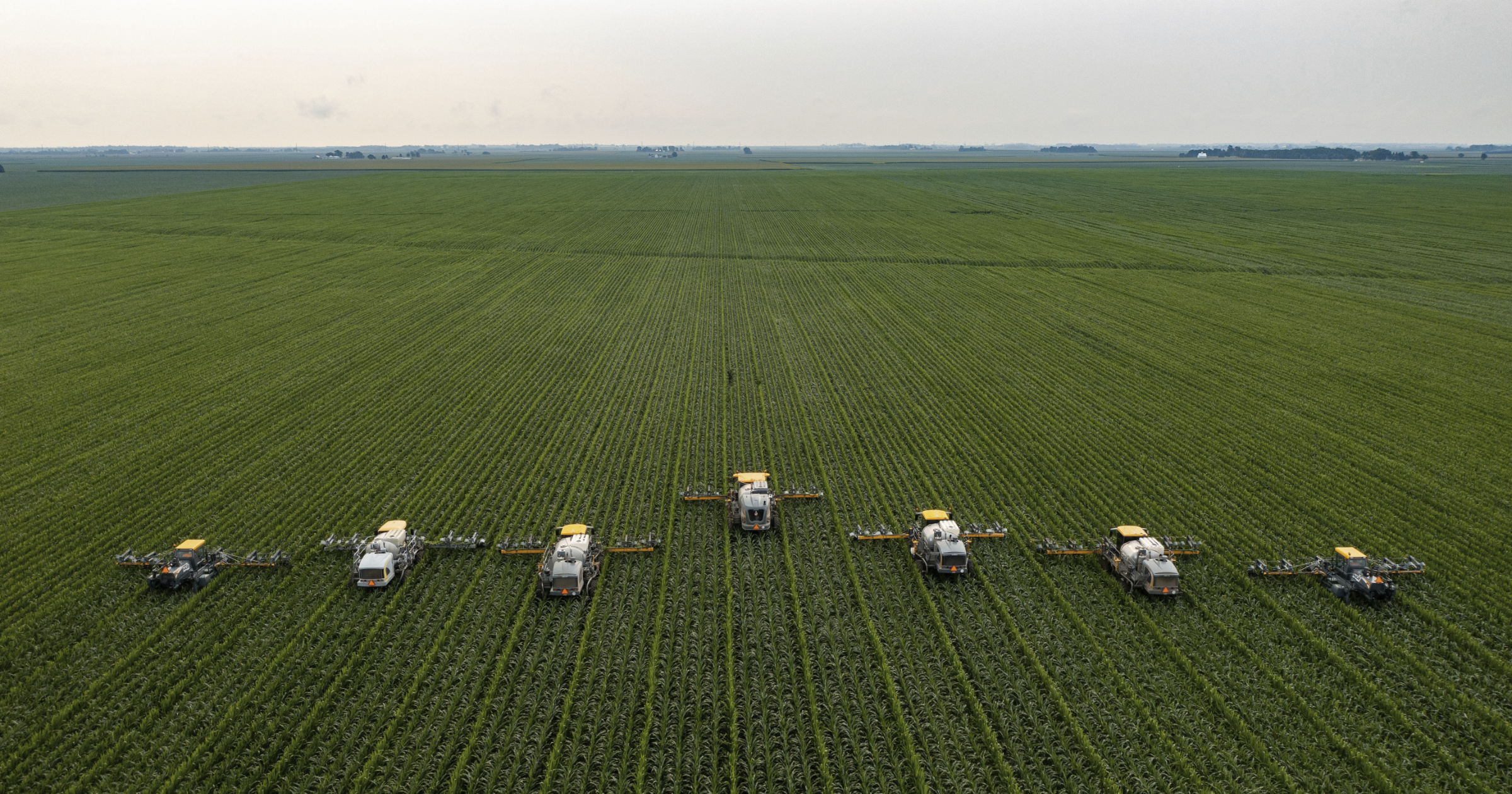Since the Agreement on Agriculture of the World Trade Organization (WTO) came into force in 1995, global trade patterns have changed, but a number of distortions have remained. For example, farmers and agri-companies in the developed world continue to benefit from substantial subsidies that are often categorized as “non-distorting”. Wealthy governments artificially decrease the cost of specific commodities and deny producers from low-income countries access to the market. In a sentence, they spend $600 billion annually on agricultural subsidies at the expense of impoverished farmers. Historically, the United States ($33 billion) and the European Union ($100 billion) dominated the globe in terms of agricultural subsidies and other trade-distorting support for its farmers. Today, China greatly them by giving its agricultural industry US$212 billion.1
Agriculture has historically contributed a large share of GDP to economies in low-income countries. For instance, several countries in sub-Saharan Africa get more than 30% of their GDP from agriculture. The figure is more than 50% in some nations, including Malawi, Burkina Faso, and Sierra Leone.2 Similarly, a significant share of the GDP of Asian countries like Laos and Nepal comes from agriculture. Therefore, selling agricultural products on international markets below the cost of production and restricting access for unsubsidized producers harm agriculture activity and hurt economic growth in low-income countries.

How do agricultural subsidies affect low-income countries?
The protectionist policies of wealthy nations are a big issue in Africa, where farming accounts for over 70% of all employment and is the primary source of income for the great majority of people living in or close to poverty.3 Africa is heavily dependent on exporting raw materials, and when rich countries give large amounts of money to domestic manufacturers, global commodity prices fall. In addition to being a huge waste of public funds, these subsidies distort the market by artificially depressing commodity prices and preventing African producers from being paid a fair wage for their labor.
The case of cotton subsidies provides a clear illustration of how agricultural subsidies impact West African producers: between 2 million and 3 million farms in West Africa depend primarily on cotton for cash flow, and by lowering global cotton prices, more than 10 million people and millions of households across the region are badly affected.4
Burkina Faso, Mali, Chad, and Benin are the West African nations with the highest share of the global cotton trade. The UN classifies each of them as one of the Least Developed Nations.5 Cotton provides them with about 60% of their overall crop revenue, and their share of the world’s cotton market is a mere 3%. Although African farmers are frequently more efficient at growing cotton, the Chinese and US shares combined are 40%. The reason for that is that they spend enormous sums of money on the cotton industry, distort incentives and artificially boost supply.6 The EU’s Common Agricultural Policy (CAP) is another example of subsidies harming the earnings of the world’s poor.
The total amount of agriculture subsidies in the OECD countries far exceeds the amount that nations provide in development aid. Yet, it has been estimated that a 1% increase in agricultural exports from Africa would increase its GDP by $70 billion, or nearly five times the amount of foreign aid given to the entire continent.7 Eliminating agriculture subsidies, removing trade barriers like import tariffs that protect home producers from outside competition, and allowing the market to operate freely would be far better than foreign aid, and millions of people would be better off globally.
While some do admit that subsidies harm developing nations, many try to justify them because they mistakenly think these funds go to poor farmers in developed countries. The case of American subsidies demonstrates how incorrect this notion is. In 2021, the median income of a household in the farming sector exceeded the median U.S. household income by 30.3 percent ($92,239 compared to $70,784).8 That means billions of dollars in subsidies, every year, go to families with incomes much higher than the median U.S. household income.
Conclusion
The global trade system hinders development in the low-income countries. It favors wealthy farmers in wealthy nations by allowing them to export their cheaper products to poorer countries, at the expense of local farmers. Of course, the widespread belief that removing agriculture subsidies will harm the agricultural sector in the rich world makes it difficult to change tack. Yet, there is hope. New Zealand reduced aid to its agriculture industry: the taxpayer felt better and farmers became more innovative and productive.
1 OCDE (2017), Agricultural Policy Monitoring and Evaluation 2017, Éditions OCDE, Paris, https://doi.org/10.1787/agr_pol-2017-en.
2 Unlocking Africa’s Agricultural Potential: An Action Agenda for Transformation – The World Bank https://openknowledge.worldbank.org/server/api/core/bitstreams/3cbc1ec4-8400-5971-8b0b-6ada9679cec5/content
3 Ibid.
4 Impacts of Reductions in US Cotton Subsidies on West African Cotton Producers Julian M. Alston, Daniel A. Sumner, and Henrich Brunke – Oxfam http://oxfam-us.s3.amazonaws.com/www/static/media/files/paying-the-price.pdf
5 UN list of least developed countries https://unctad.org/topic/least-developed-countries/list
6 Cotton Sector at a Glance – Economic Research Service: U.S. DEPARTMENT OF AGRICULTURE https://www.ers.usda.gov/topics/crops/cotton-and-wool/cotton-sector-at-a-glance/#:~:text=The%20top%20two%20cotton%20producers,of%20cotton,%20surpassing%20China%20recently.
7 Adams, Brock (2005). The Structure of American Industry. Upper Saddle River, New Jersey: Pearson. p. 21. ISBN 978-0-13-143273-4.
8 U.S. Department of Agriculture, Economic Research Service. Farm Household Well-being: Income and Wealth in Context, December 1, 2022.
Photo by James Baltz


